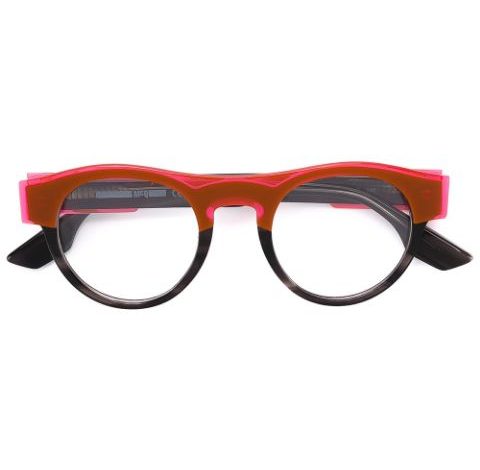Here are some things to remember to take care of contact lenses so they serve you best.
Stick to your prescribed wear schedule
Don’t try to make your two-week contacts stretch to three weeks. Running the risk isn’t worth it. Contact lenses are made with different materials to suit different purposes, and are approved specifically for each situation.
Contact lenses: Handle with care!
Disposable, soft contact lenses can tear. Be gentle. If one does tear, discard it. Also, keep fingernails away from your lenses. Not only are fingernails sharp, they provide great homes for all sorts of bacteria.
Never share contact lenses
Not only does sharing contact lenses spread bacteria from person to person, but contact lenses are fitted and prescribed to suit your vision and your eye.
Use fresh contact lens solution every time
Never clean your contacts in tap water – Tap water can carry pathogens and bacteria that cause infections.
Never lick your contacts -Your mouth is home to a diverse community of bacteria. While many of them are healthy for your digestive system, they’re not great for your eyes.
Rub and rinse
Rub your contact lenses in fresh solution for 5-20 seconds using the pads of your fingers. Rinse thoroughly, again with fresh solution. Researchers have found that “rub and rinse” is still the best way to keep your contact lenses free from microorganisms, even with rub-free care systems.
Keep your contact lens case clean
Rinse out cases after every use, and store them open and upside down in a dry, clean place. Replace your case every time you buy new solution.
Don’t sleep in contacts that aren’t for extended wear
Extended-wear contacts are designed with special technology to allow more oxygen to pass through the lens to your cornea. Normally, when you’re awake and your eyes are open, oxygen from the air is carried by your tears through your contact lenses to your cornea.
When you’re asleep, normal contact lenses can prevent enough oxygen from reaching your eyes. This can lead to infections, ulcers, and abnormal blood vessel growth in your corneas.
Read and follow the directions
Pay attention to your eye doctor’s instructions, the insert that comes with your contact lenses, and the directions for your contact lens solution and case. These are all part of a carefully thought-out system designed to help you care for your specific contacts and contact lens care products in a way that helps protect your eyes and health.


